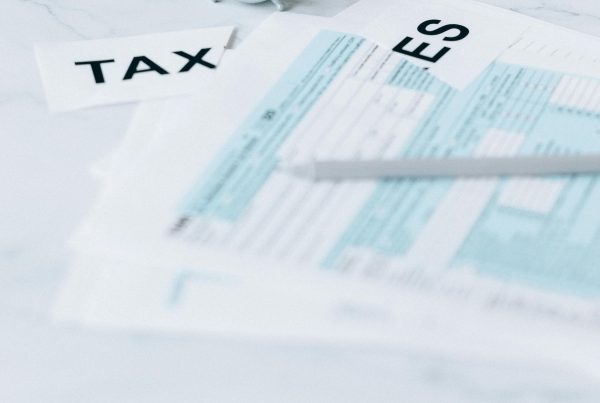COVID-19 has changed the way most of us work. When you operate out of home, the nature of your expenses could be significantly different from what it was earlier. You’re probably spending more on your communications and less on office commutes. With the changing situation, you’re probably also wondering which are the expenses that you can claim deductions for in 2020 and how to go about claiming those expenses.
Overall things to keep in mind
First things first.
What are the overarching conditions to be able to claim an expense?
- You need to have a record of your expenses.
- The expense you claim should have contributed to your earning.
- You need to have spent the money that you claim.
For example, if you are already being reimbursed for office stationery or if your employer is supplying the stationery to you, you will not be able to claim a deduction for stationery.
What are the expenses I can claim?
There are a number of expenses you incur when you work from home. Here is a list for you to refer:
- Communication expenses, such as wifi and phone
- Stationery
- Printing material
- Electricity expenses incurred for your work area
- Cleaning expenses
- Equipment, such as printers, phones, furniture, and computers
Remember that for home office equipment, the maximum amount that you can claim is $300. For items with a value greater than $300, you could claim the decline in value. For queries on larger items, you could contact your accountant to discuss depreciation.
What are the items that are excluded?
These are the expenses that you cannot include in your claims:
- The cost of not working – for example, the time spent in supporting the family
- Expenses related to beverages and other items
- Expenses related to your children’s education from home
- Any items that your employer is paying for already, or expenses that your employer is already reimbursing you for
- Rent
- Water
- Mortgage interest
So, how do I calculate the value of my claim?
There are three methods you could use to calculate your claim value. Choose one depending on your specific circumstance.
The Shortcut Method
This is a method that applies specifically for the period between March 1, 2020, and June 30, 2020. In this method, you claim a deduction of 80 cents for each hour that you worked from home. You need to have carried out specific employment duties during those hours and also incurred additional expenses.
The shortcut method initially applied from 1 March 2020 to 30 June 202. However, it can now be applied up until 30 September 2020 and could be extended depending on the changing COVID-19 situation.
The 52 Cents Method
In this method, you claim 52 cents for each hour that you spent working at home. The purpose of this amount is to cover the cost of gas, electricity, and furniture. You will then need to add the costs for communications and stationery.
For home office equipment, you could claim the decline in value. If you’ve made purchases during the financial year, you could claim up to a maximum of $300 in the first year. Any value above that needs to be spread across the subsequent years.
The Actual Expenses Method
This is a comparatively complex method, where you need to calculate each work-related expense separately.
Do I need to maintain daily records?
Yes, you need to maintain daily records irrespective of which method you choose to follow. However, for the Shortcut method, you just need to keep a record of the time you spend every day working from home. For the 52 Cent method and the Actual Expenses method, you will additionally need to keep a detailed record of your expenses.
Do I need a dedicated workspace to claim these expenses?
If you’re using the 52 Cent method, you will certainly need to maintain a separate workspace. For the Actual Expenses method, you don’t need a separate work area if you’re not claiming running costs, such as electricity. However, if you do happen to claim those expenses as well, you will need a dedicated workspace.
You will not need to maintain a dedicated workspace for the shortcut method.
So, which method do I follow?
It depends. If you really don’t want to spend too much time maintaining records, choose the Shortcut method. Here, you just need to maintain a timesheet, while you need to maintain expense details for the other two methods.
However, let this not be the only factor. Also, look at how much you use the phone and Internet when you work from home. If your company is not paying for these expenses and you use a significant percentage of these resources for work, then it makes sense to use the 52 cents method, where you get 52 cents per hour of work and also get reimbursed for communication expenses.
However, if your employer is already paying you for these expenses, then it is advisable to use the Shortcut method.
How to get your expense claims cleared on time
Remember that the more you stick to the recommended list of items that can be claimed, the faster your returns will be processed. Unusual items, such as expensive pens or costly stationery, could raise questions about your claim and delay the process.
So, choose a method that most suits your situation and remember the overarching rules:
- You need to have a record of your expenses.
- The expense you claim should have contributed to your earning.
- You need to have spent the money that you claim.
For any further questions on claiming work-from-home expenses in 2020, reach out to Marcos Advisory. Our specialists will guide you accordingly and ensure you get the job done faster.
*This content is not considered personal advice and it is general in nature. The individual will need to seek their own advice that is suitable to their personal circumstances.*



